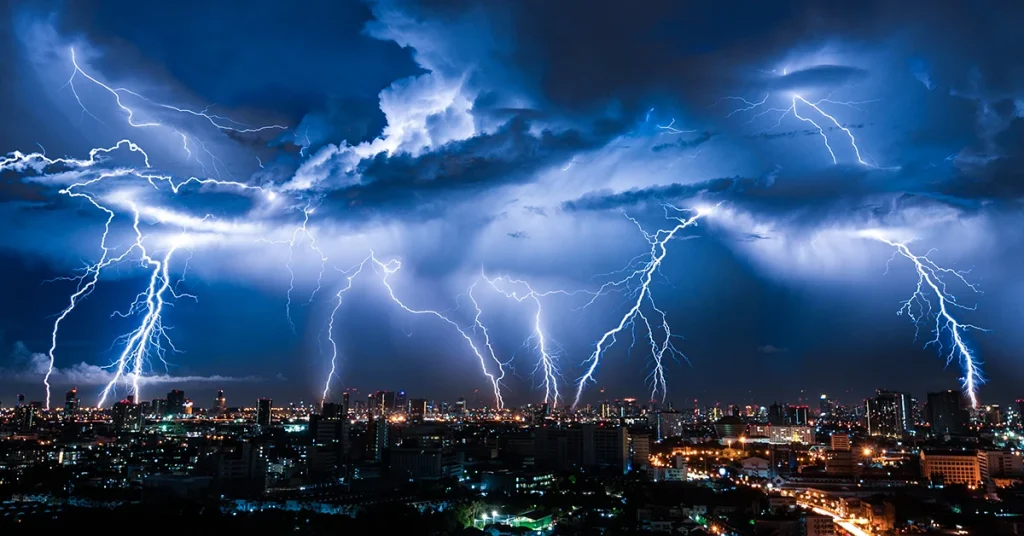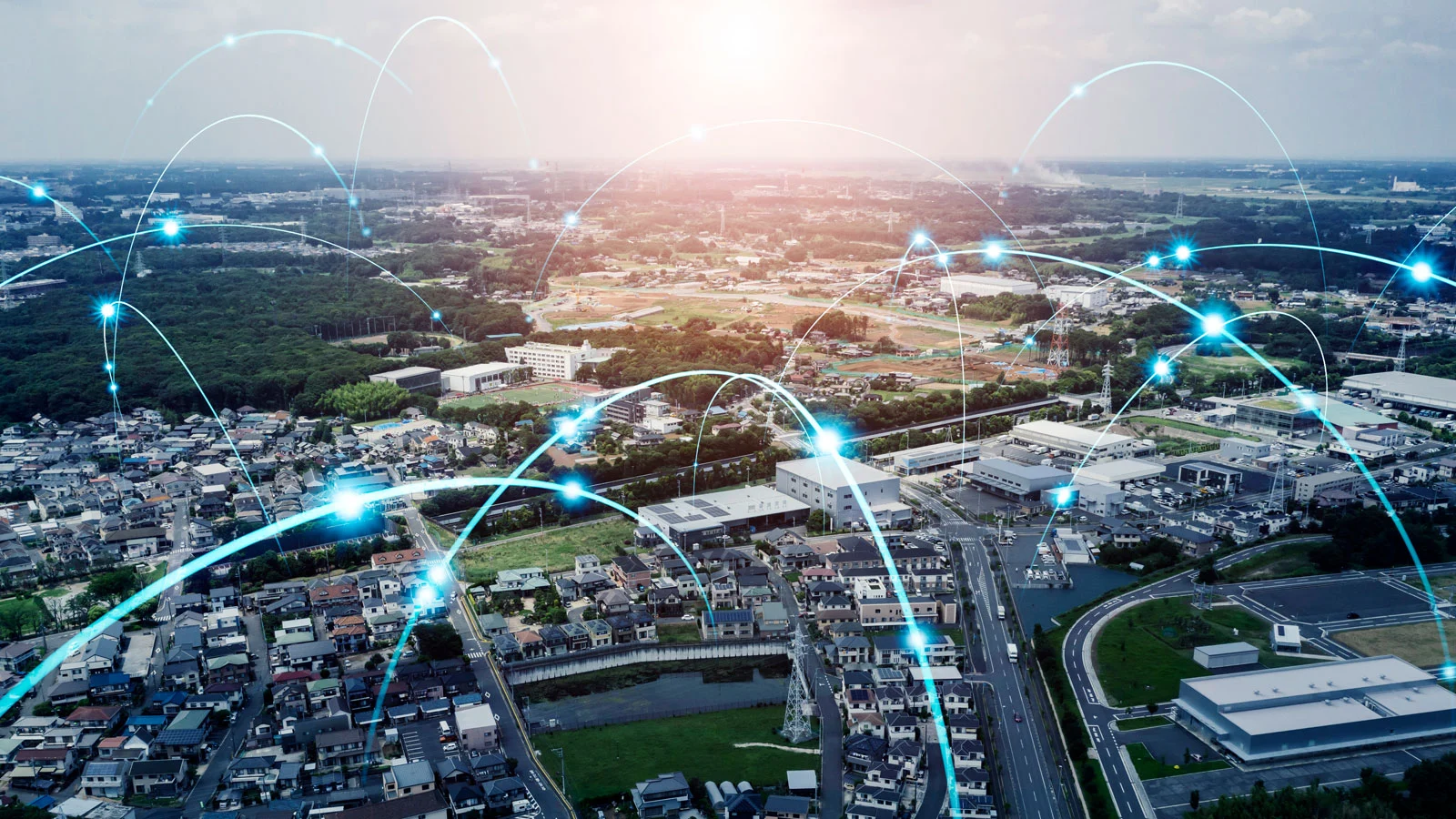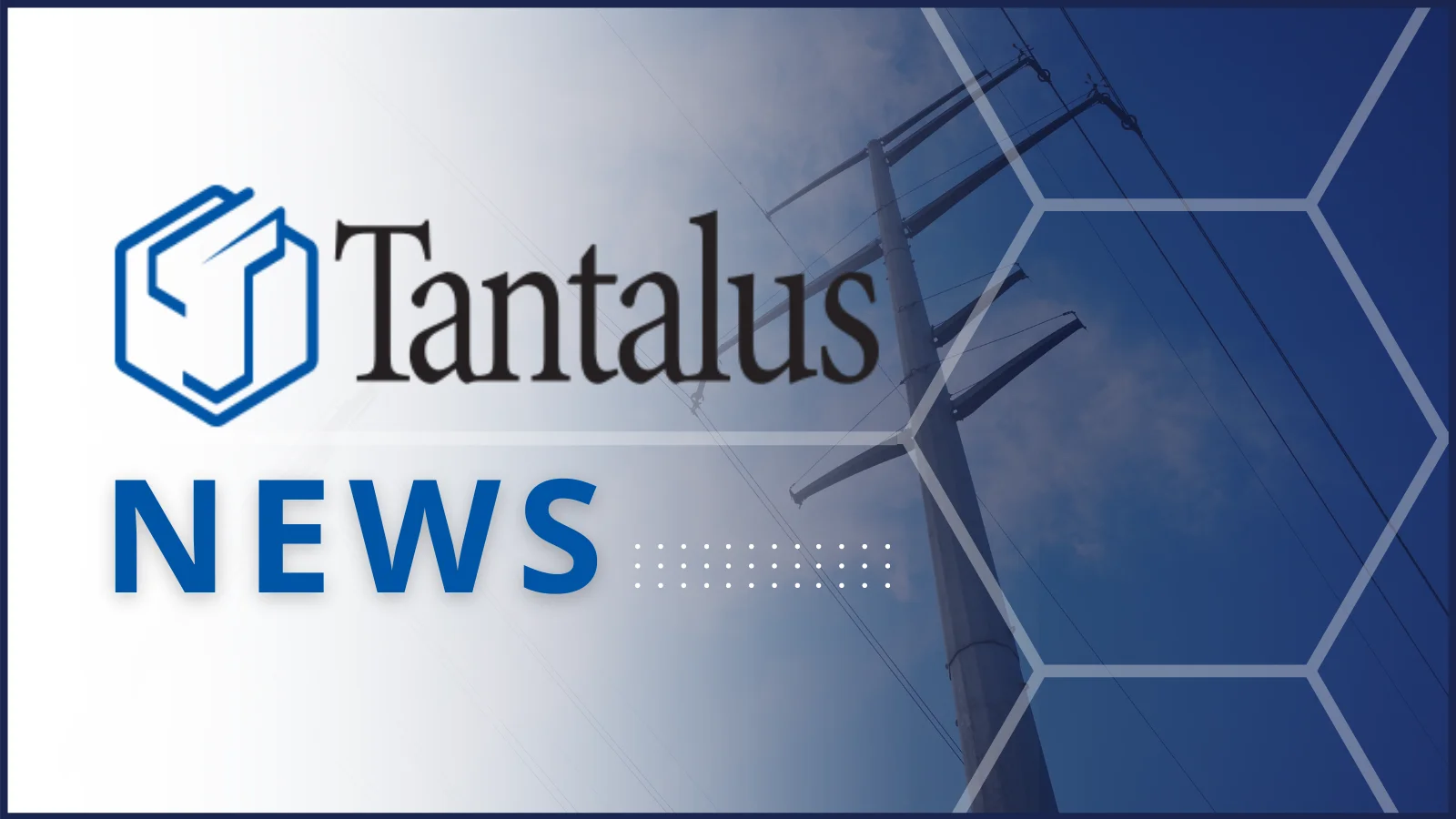by Peter Londa

The recent winter storm in Texas left dozens of people dead, more than 3 million people without power, and nearly 15 million people with undrinkable water, damaged homes and economic distress from high energy bills. Damage from this storm is astonishing and estimated to cost between $195 billion and $295 billion, making it the most costly disaster in the state’s history—far surpassing the $125 billion in damage caused by Hurricane Harvey. Even now, millions of people are still processing this unprecedented tragedy. Public outcry has led to changes within the leadership team of the Electric Reliability Council of Texas (ERCOT). Additionally, the state has witnessed an electric cooperative utility declare bankruptcy, and the reports of looming power bills that will overwhelm families and businesses for months to come are frightening. Investigations are underway as Texas residents struggle to recover, rebuild, and reconcile how this could have possibly happened.
While Texas recovers from the devastation, we all need to ask ourselves a very important question . . . how can we be better prepared when Mother Nature strikes again? The tragic issues that unfolded go well beyond the specific power market dynamics and regulatory structure within Texas. Shame on us if we shrug our shoulders and point to the power market in Texas—which is different from the rest of the United States. Instead, Federal and state politicians, utilities and communities across the country need to work together to re-engineer the existing power grid and transform our infrastructure to be more resilient in the future.

Extreme Weather Events Are On the Rise
The first step to preventing this type of disaster from recurring is to recognize that extreme weather events like the one in Texas are increasing in frequency and ferocity—and they can happen anywhere.
A study last October found that the frequency of climate-related disasters has skyrocketed 83% over the past 20 years. Major floods have more than doubled. The number of severe storms has grown by 40%. Droughts and wildfires like the ones in California and Oregon as well as heatwaves and deep freezes are all on the rise, and the same report concludes that the time is now to prioritize disaster prevention and preparedness.
Texas seems to have come to the same conclusion for itself, even before last month’s storms hit. In the wake of Hurricane Harvey in 2017, which brought rainfall in excess of 60 inches in some places, scientists there concluded that climate change worsened the flooding in Texas, and made a Hurricane Harvey-sized storm at least three times more likely to happen again. And the scary truth is, the vast majority of our nation’s power grid just isn’t ready to withstand Mother Nature’s wrath.

Our Aging Electric Infrastructure Is Not Ready
The meteoric rise of extreme weather events makes a tough situation worse. A recent study by Climate Central found that extreme weather events have caused a 67% increase in power outages since 2000. When the temperatures are below freezing or above 100 degrees Fahrenheit, when there is a fire raging nearby, or when a community is facing flash flooding or dangerous wind gusts, power outages can turn deadly very quickly. We’ve seen all these extreme scenarios throughout 2020 and into this year.
In other words, what happened in Texas isn’t likely to stay in Texas. Utility infrastructures across North America are unprepared for the next natural disaster, wherever it strikes. In November of 2018, the U.S. government’s Fourth National Climate Assessment found that the nation’s energy system is projected to be increasingly threatened by more frequent and longer-lasting power outages due to extreme weather events. Additionally, an Accenture study conducted earlier this year found that 90% of all utility executives believe that an expected rise in severe weather will lead to even more outages, which poses an unacceptable risk to their grids, their businesses and their ability to serve their communities.
Any single event is bad enough. But as we’ve learned from the COVID-19 pandemic, we’re all increasingly interconnected and what happens in one region impacts what happens in another. For example, the power outages and deep freeze in Texas resulted in delayed shipments of the coronavirus vaccine. We can expect further disruptions to supply chains and telecommunications services which will impact an increasing number of employees (even those working remotely) as these kinds of disruptions continue. Additional disruption from power outages is the last thing we need as we struggle to overcome a global pandemic, restart a crippled economy and focus on bare essentials like getting back to work, getting our kids back to school, feeding our families and trying to pay bills.
Investments in Resilient Infrastructure Need to Increase
The majority of today’s energy infrastructure in North America is more than 50 years old—and includes equipment that has already exceeded its life expectancy. So even under the most ideal set of conditions, our electric grid is challenged. What’s more, the old generation power grid was never designed to handle the kind of demand and technology prevalent across the country today. The grid was originally engineered as a one-directional system—power gets generated, power gets transmitted, power gets delivered, and power gets consumed. It was never designed to handle sources of generation such as rooftop solar, battery storage, and electric vehicles deployed at the premise or at the edge of the grid.
With an antiquated one-way system, utilities have to send crews out during extreme weather events to determine where the power is down and what is unfolding across their grids. Even worse, utilities typically have to wait to triangulate calls from customers complaining that power is out at their home, business or plant. We live in a world where we get frustrated by abbreviated timing delays while we wait for webpages or content to load on our mobile devices. Why should we rely upon an antiquated system that handicaps the hard-working executives and employees of utilities across North America who are responsible for keeping our lights on when it matters the most? Would those of us with the luxury of accessing high-speed broadband services in our homes, places of work and on our phones be willing to revert back to dial-up internet service from our cable and telecommunication providers?
In essence, relying on a 50-year-old power grid to handle today’s energy demand and complex challenges is like trying to operate the Internet using Morse code. It just doesn’t make sense. What we need is a smart grid that operates as a modern network of connected devices, capable of accessing critical data to provide visibility into what’s unfolding at the edge of electric grids.
This is why billions—and even trillions—of dollars are slated to be spent to get us ready, as quickly as possible, for the next generation of severe weather events. A study conducted by the G20 Global Infrastructure Outlook projected that governments across the world are estimated to spend $28 trillion over the next 20 years through 2040 to transform the electric grid.
Another report from the American Society of Civil Engineers last September concluded that unless the U.S. invests more in its energy infrastructure than currently being spent, we can expect even more costly outcomes from power outages, including:
- $637 billion in business losses from 2020 to 2029;
- Total output losses of nearly $3 trillion by 2039;
- Cumulative GDP will fall by $394 billion by 2029 and by more than $1.7 trillion by 2039, as the result of lost income for workers and business owners; and,
- 287,000 jobs are projected to be lost by 2029, rising to 540,000 by 2039.
If we’re going to avoid these unacceptable outcomes, we’ve got to help the people on the front lines—utility personnel—by providing them with better options, better choices, and better solutions that put them in the best possible position to respond as the crisis is happening, because that’s where positive change is going to start.

A Utility GM’s Playbook
It’s easy enough to look back at a series of tragic events and diagnose what went wrong and what should have happened differently. But when you’re the general manager of a utility in the thick of a natural disaster of biblical proportions, it’s a tough challenge even for the most seasoned industry veterans.
When initiating plans to respond to massive outages and storm damage, a utility GM needs to ensure that his employees are safe and available to respond to the disaster. Utility teams need to be able to assess what can be accomplished remotely and where crews need to be deployed to resolve problems in the field. This is where automated systems and resilient data connections to devices deployed at the edge of an electric grid are game changers.
After evaluating the situation and finalizing action plans, which in many cases requires Herculean efforts by crews and staff members working around the clock, utility executives need to assess whether their disaster response plan can be implemented. Nobody in Texas ever anticipated the sub-freezing temperatures that shut the grid down across the state. So, in the face of unprecedented circumstances, utility leaders have to ascertain what portions of a disaster preparedness plan still apply and what new protocols need to be put in place ASAP. This is where experienced leaders and trusted technology partners who’ve been through these kinds of disasters before are absolutely essential.
In finalizing plans, utility executives also need to assess the damage—immediately. How many people are out of power? How many are at risk for losing power? How is the electric grid holding up? What’s the impact to critical infrastructure and facilities such as hospitals, emergency response systems and crews, water and gas systems? This is where modern-day outage managements systems and advanced metering infrastructure (AMI) solutions make a huge difference.
Once utility executives get a handle on the extent of the damage, they have to find the fastest path to getting the power back on before people’s safety and welfare are compromised. That’s especially important in an ice storm or a wildfire, where the clock is ticking—and this is where it gets especially tricky. How does a utility know how to prioritize responses? How will the utility coordinate with other agencies for an intelligent, cohesive response? Again, real-time data from the edge of the grid makes all the difference here.
Within minutes of a major outage occurring, utility executives know that they’re going to get a call from a mayor, a governor, or some other agency who’s responsible for protecting lives and livelihoods. They’re going to get questions that need quick answers. How bad is it? How long until the power’s back on? What do we do next? In that moment, the only way a utility executive can partner effectively with other agencies and lead the way out of the crisis is with real-time insights—and the flexibility to balance load and respond as quickly as possible.
Fortunately, we’re already seeing a massive adoption of smart grid solutions among utilities all across North America—along with a growing sense of resilience, confidence and control.

Smart Upgrades Are Already Underway
My team and I are privileged to work with some of the most progressive and purpose-driven public power and electric cooperative utilities in the world. They’re shining examples of how utilities can lead the way toward a safer, more resilient, and more sustainable future. Here are just a few of the innovations they are already leveraging—innovations that we and our network of partners are proud to provide—all of which can help utilities prevent and prepare for the tragedy we just saw unfold in Texas.
Remote disconnect meters
Instead of cutting power to entire cities or neighborhoods, utilities with the right technology at their disposal can disconnect rolling groups of customers at their meters to shed immediate demand without compromising the integrity of the entire system. Load can be prioritized and shared. Utilities can systematically protect infrastructure and people by proactively connecting and disconnecting power at the premise with the push of a button. Traffic lights can continue operating, essential services can retain power and customers requiring access to vital medical equipment can be prioritized to keep them safe and healthy.
Load management
With comprehensive load management systems, utilities can access and control non-critical applications and/or manage the load profile within homes, buildings and plants to provide some level of service and avoid putting individuals and property at increasing risk. Utilities can manage water heating and provide limited space heating to keep pipes from freezing while keeping the lights on and the water pumps running. Load management can also control commercial loads and bring backup generators online. And while load management normally focuses on help utilities manage peak hours, it can also be used intensively during disasters until the supply of electricity is fully restored.
Voltage reduction
Many utilities already reduce demand during a disaster with voltage reduction. The challenge is making sure a utility does not go too low for some customers, which is harder than it may seem. For that reason, many utilities don’t reduce their voltage as much as they could. But with real-time voltage feedback from the edge of the electric grid, utilities can run the lowest possible voltage while ensuring every customer stays within acceptable limits. And if a utility has to go for a deliberate “brownout”, they can still safely manage voltage across the system. Either way, real-time feedback ensures the best results.
Streetlight control
If a utility needs to opt into a blackout or reduce demand even further, streetlight control is a useful load reduction tool. Several of our customers are taking advantage of lighting control systems that can turn off lighting in low traffic areas and dim lighting everywhere else. In an emergency, every little bit of control helps.
Storm readiness solutions
By transforming their distribution grids, utilities can give themselves more options for ensuring their systems are balanced, stable and resilient before the next big storm hits. With the right data analytics, they can make sure they’ve trimmed the right branches and replaced failing transformers before they need to deal with unusually high loads. By using granular data from the edge of the grid, utilities can make sure their systems are on firm footing ahead of time.
Accelerated storm response
When disaster strikes, seconds count. Many of the utilities we work with are using extensive real-time outage notifications to pinpoint where crews need to go and what they’ll be dealing with when they get there. Fast restoration notifications confirm quickly that a crew can move from one location where a repair has been completed to the next trouble spot or identify the next downline fault that needs to be resolved in a prioritized and systematic manner. With the right sensors in remote places and the right data analytics, utilities can improve outage prediction and response, know exactly what’s going on, and get back on track quickly and safely.

What’s next for utilities
The bottom line is that utilities need to be able to respond faster to increasingly frequent and extreme weather events. When Mother Nature strikes again—and she will—utilities will need the tools to make informed choices. It’s the only way to avoid those impossible decisions, such as shutting off power to entire areas, resorting to price gouging, or even worse, flying blind in the face of disaster.
And it’s not just extreme weather that’s driving the need to evolve. Consumer expectations and consumption patterns are shifting rapidly, as well, along with disruptive new technologies such as electric vehicles, solar power and the proliferation of new distributed energy resources.
The need is clear. The solutions exist. And together with our customers, our partners, and our employees, we see a path forward to a brighter future for our nation’s electric grid, the utilities that operate it and the communities they serve.
For more information about Tantalus and our solutions, visit www.tantalus.com. TSXV:GRID




